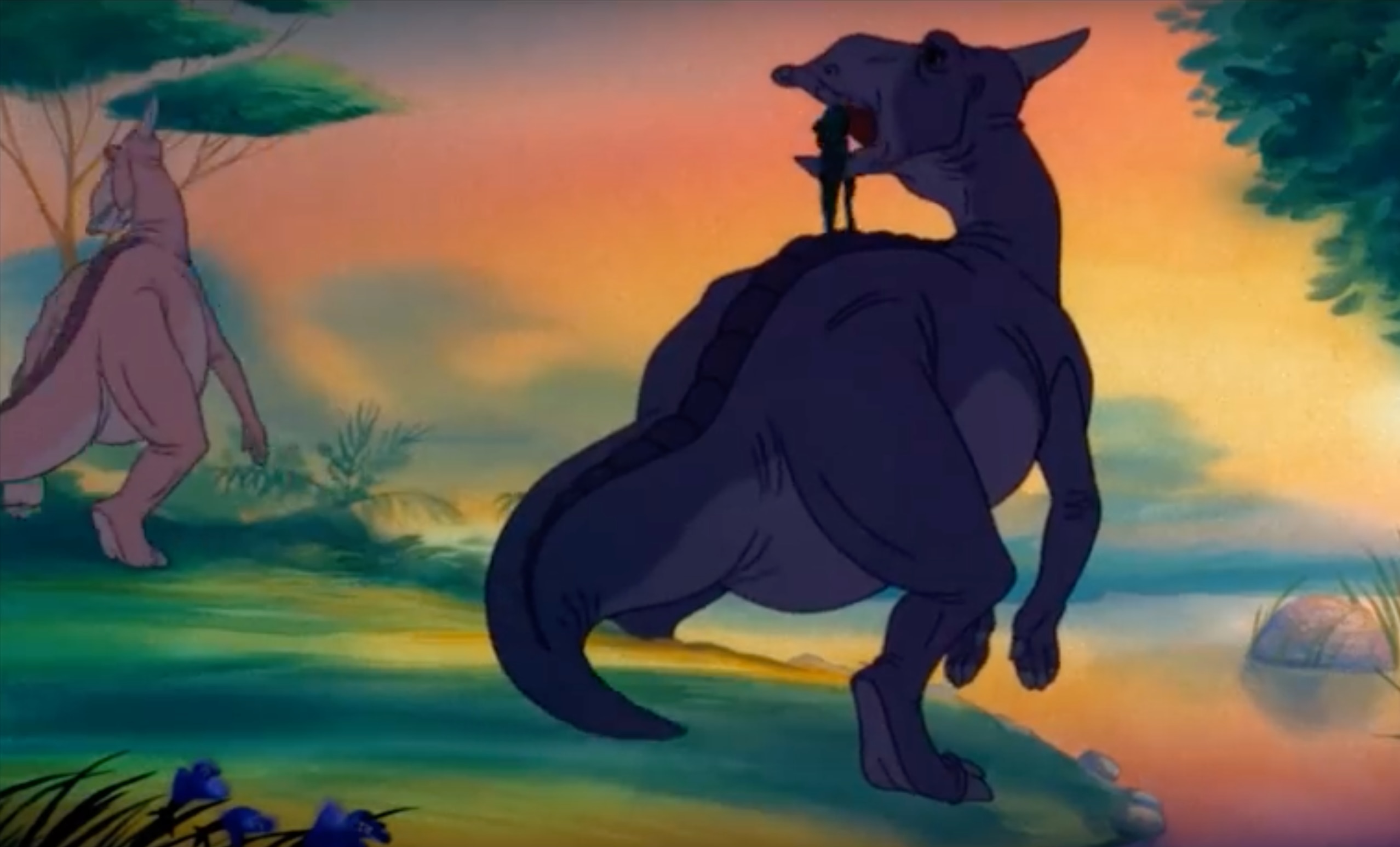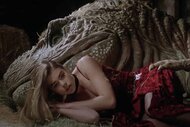Create a free profile to get unlimited access to exclusive videos, sweepstakes, and more!
Magical sparkly fossils reveal an unreal new dinosaur fossilized in opal

Dinosaur bones are gems — no wonder a baby T-rex skeleton went for almost $3 million on eBay — but you can say that literally for prehistoric remains found in an Australian opal mine.
The opal-encrusted fossils had been glittering on display in the Australian Museum museum and then the Australian Opal Center since opal miner Bob Foster dug them up in his mining field near Lightning Ridge. He obviously had no idea that he’d found something much more valuable than a potential ring or necklace. Scientists have now reexamined the bones to find they belong to an entirely new species of dinosaur.
Never mind that a dinosaur that hadn’t even been known to exist before is rare enough. Finding one in Australia is even rarer, with only 10 new species discovered in the past hundred years.
“This is unheard of in Australia,” said paleontologist Phil Bell, also team lead for a study recently published in Journal of Vertebrate Paleontology. “There were around 60 odd bones in the entire collection, which is a remarkable number for an Australian dinosaur.”
Fostoria dhimbangunmal is the youngest known iguanadontian dinosaur, herbivores built like kangaroos with horse-shaped skulls. Iguanodon and Australia’s own Muttaburrasaurus are some of its closest relatives. The creature was named for Foster and the aboriginal Yuwaalaraay, Yuwaalayaay and Gamilaraa word for the site it had been buried in, otherwise known as the “sheepyard.” Preserved in opal a hundred million years, its bones look like something you’d expect to appear in a cosmic sci-fi movie, almost as if they fell from the stars.
What is even more breathtaking about these already unearthly fossils is that they were fragments of more than one skeleton. When Bell and his team realized there were too many duplicate bones to have come from just one Fostoria, further investigation proved they were actually looking at four of them. It made sense dinosaurs without any built-in weapons such as claws or horns or teeth would move in packs to stay out of the jaws of predators.
How did the bones get opalized, anyway? During the mid-Cretacious period, when these dinosaurs roamed the part of Gondwanaland (the supercontinent South America, Africa, Antarctica and India were also part of) would eventually be Australia, they inhabited a lush environment that would be unrecognizable when you look at the parched expanses it has turned into. Silica-rich from ancient lakes covered the bones, and that silica seeped into cracks and holes in the bones, eventually turning into opal.
Not bad for a dinosaur which that isn't believed to have caught anyone's eye when it was alive. At least it flashes fantastical greens and blues in death.
(via Smithsonian Magazine)














